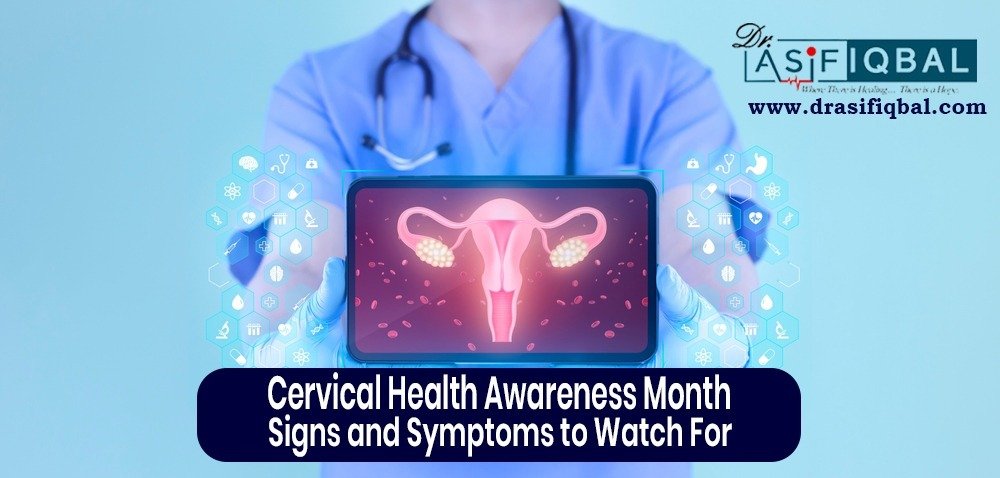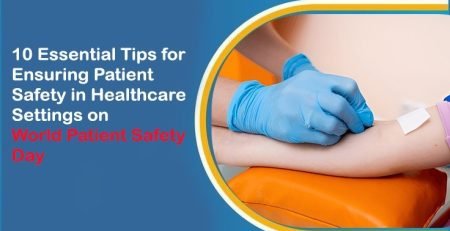Cervical Health Awareness Month: Signs and Symptoms to Watch For
Why Cervical Health Awareness Month Matters:
Cervical cancer ranks among the most common cancers affecting women worldwide, yet it is largely preventable. With regular screenings, like Pap smears and HPV tests, and timely vaccinations, thousands of lives can be saved every year. Raising awareness about cervical health encourages proactive steps toward prevention.
On World Immunization Day: National Immunization Day: Safeguarding Health Through Vaccination
Early Signs and Symptoms of Cervical Issues:
Cervical problems often show subtle signs, and knowing these symptoms can make all the difference:
- Unusual Vaginal Bleeding:
Bleeding between periods, after intercourse, or post-menopause may indicate cervical issues. If you notice abnormal bleeding, consult a healthcare provider. - Pelvic Pain:
Persistent pain in the lower abdomen or pelvis, especially unrelated to your menstrual cycle, warrants attention. - Abnormal Vaginal Discharge:
Discharge that is foul-smelling, watery, or mixed with blood may signal a problem. - Pain During Intercourse:
Discomfort or pain during sex could point to cervical or reproductive system issues. - Frequent Urinary Issues:
Increased urination, pain during urination, or persistent urinary infections may indicate underlying conditions.
On Mind Body Willness Day: Simple Practices to Enhance Your Mind-Body Wellness on International Day
When to See a Doctor:
If you experience any of the symptoms mentioned above, don’t wait—schedule an appointment with your healthcare provider. Remember, these signs don’t always indicate cervical cancer, but early evaluation is essential for effective treatment.
Prevention Is Better Than Cure:
You can significantly reduce the risk of cervical problems by adopting these proactive measures:
- Get Regular Screenings:
Schedule Pap smears and HPV tests as recommended by your doctor. Early detection is key. - Take the HPV Vaccine:
The HPV vaccine protects against the most common strains of the virus linked to cervical cancer. - Practice Safe Sex:
Using protection reduces the risk of HPV and other sexually transmitted infections. - Quit Smoking:
Smoking weakens the immune system and increases the risk of cervical cancer. - Maintain a Healthy Lifestyle:
A balanced diet and regular exercise can strengthen your immune system and improve overall health.
Spread Awareness This Month:
Cervical Health Awareness Month isn’t just about personal health—it’s also about supporting others. Share this knowledge with friends, family, and your community. Encourage women to prioritize regular screenings and advocate for everyone’s access to healthcare services.
Final Thoughts:
Awareness and prevention are powerful tools in the fight against cervical cancer. By recognizing the early signs and taking preventive measures, we can protect ourselves and inspire others to do the same.












Leave a Reply